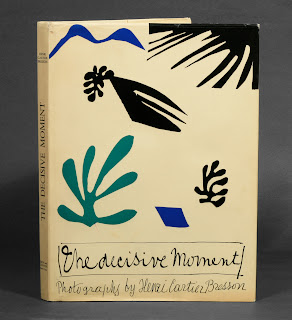If you live in the Atlanta area you have a few more days to head down to the High Museum of Art to view Robert Misrach's photography exhibit titled "Revisiting the South: Richard Misrach's Cancer Alley" through October 7, 2012.
The images with this post are from Misrach's High Museum exhibit.
Most people associate the Mississippi River with beauty....beauty of nature and beauty built by man including grand homes and landscapes, but Misrach reminds us that the river has a dark side due to man as well.
The stretch of the Mississippi River between Baton Rouge and New Orleans is known as Cancer Alley. The area has earned the nickname because there are at least 150 industrial plants along the river as well as high members of cancer patients....some with very rare forms of cancer.
While there has been no peer reviewed scientific study of the area.......which really amazes me....the numbers ARE alarming. In one town along the river there are fifteen cases in a two-block stretch...another block has sever cancer victims.
WIkipedia quotes an article that states in 2002, Louisiana had the second-highest death rate from cancer in the United States. Although the national average is 206 deaths per 100,000, Louisiana's rate is 237.3 deaths per 100,000. At the same time, the death rate from cancer in the area dubbed cancer alley was lower than the rest of Louisiana, as well as the national average.
Hmmm.....
This website discusses the cancer victims in Cancer Alley:
Those most often at risk are citizens living in small, low-income, predominantly African-American communities. Residents in these areas suffer disproportionate exposure to the environmental hazards that come with living near chemical waste. Cases of rare cancers are reported in these communities in numbers far above the national area. For example, in the town of Gonzales, Louisiana (population 18,000), 3 cases of rhabdomyosarcoma, an extremely rare and devestating childhood cancer, were reported in a 14 month period. The US national average of rhabdomyosarcoma cases is one child out of a million. In addition to cancer, residents suffer increased health problems including asthma, neurological disease and stillbirths. There is also the discomfort of living near towering flare vents which are noisy and occaisionally explode.
....In the past several decades, an 'Enviromental Justice' movement has arisen to respond to problems such as these. This is an area of environmental concern which many mainstream environmental organizations fail to deal with, since in these cases the victims are human beings rather than endangered wildlife. Organizations including the Louisiana Bucket Brigade (which provides threatened residents with equipment for taking air samples) have been formed to help communities defend themselves against becoming victims of industry. The recent success of the residents of Convent, Louisiana in preventing the building of a Shintech polyvinyl plant gives some hope. Coinciding with this victory, however, was the company's announcement of plans to build a smaller plant 25 miles away, near the town of Plaquemine.
So, how does Robert Misrach's photography exhibit figure into the discussion regarding Cancer Alley?
This Time magazine article states:
Richard Misrach first traveled to Cancer Alley in 1998, producing a series of images that were exhibited as part of a "Picturing the South" series at the High Museum of Art in Atlanta. "I'd never heard of this area," Misrach recalls. "And when I finally saw the landscape, I was shocked. It was really extreme - the amount of industry along the river and the poor communities living there - I couldn't believe it actually existed.
In February, May and November of 2010, Misrach returned to the region, only to discover that little had changed. "It was impossible to tell if it'd gotten worse or better," the photographer says, "It looks the same. It feels the same. The roads are still below par, and the schools are as well." Misrach's photographs from his latest trip - along with some of his 1998 originals - are again on display at the High Museum of Art......
The photographs show a bleak, desolate region, and one in which factories and plants are almost always present in the background.
I'm looking forward to seeing the exhibit....





















